Gold price is stuck in neutral, but that is its strength now
Although gold is struggling to attract bullish momentum, analysts note that its strength now relies on how much support is in the marketplace, even as speculative interest starts to drop.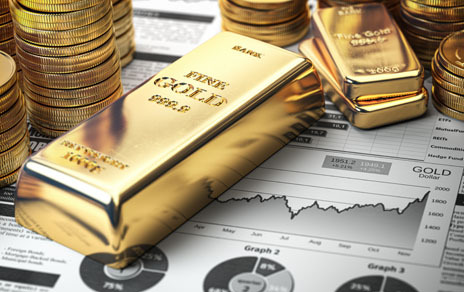
In its latest trade data, Commodity Futures Trading Commission noted that speculative interest in the gold market dropped to its lowest level in three months as investors ditched their bullish bets and increased their bearish positioning.
The CFTC's disaggregated Commitments of Traders report for the week ending June 13 showed money managers dropped their speculative gross long positions in Comex gold futures by 10,473 contracts to 110,512. At the same time, short positions rose by 8,312 contracts to 35,869.
The gold market is now net long by 74,643 contracts, dropping to its lowest point since March 14. At the same time, the precious metal saw its biggest drop in gross bullish positioning since early February. During the survey period, gold prices traded in a tight range, with support around $1,950 and resistance around $1,980 an ounce
The decline in speculative positioning came after weeks of a relatively stable trading environment. According to some analysts, the shift in the gold market was not surprising as investors and hedge funds squared their positioning ahead of the Federal Reserve's monetary policy decision.
Last week the Federal Reserve left the interest rate unchanged but maintained its hawkish bias and signaled that it sees potentially two more rate hikes this year. The hawkish pause caused gold prices to drop to a three-month low, testing support at $1,930.
However, the gold market did not stay down for very long, as it was back in its previous $30 trading range before the end of the week. Analysts have noted that the price action shows there is still plenty of interest in gold; however, investors are being more tactical as they build a position.
"We have established that there is still a strong bid in the gold market," said Ole Hansen, head of commodity strategy at Saxo Bank, in a recent interview with Kitco News. "But we just don't have a trigger for a bigger rally to $2,000. I think we need to get back above $1,985ish before some bullish conviction returns to gold."
Commodity analysts at TD Securities said that gold remains supported as the market is starting to doubt the Federal Reserve's optimistic outlook on rate hikes. The analysts said that it's more likely the central bank's next move will be to cut rates.
"While gold initially traded lower, the market is looking past the Fed messaging and the yellow metal was little changed after the rate decision. But since the spread of members' dots is so wide, ranging from 3.625% – 5.875% for next year, the median estimate is not all that relevant as far as we are concerned and future rate decisions will very much be driven by inflation and economic data," the analysts said. "We suspect that data and inflation will weaken in the not-too-distant future, with the Fed likely lowering rates before hitting its inflation target. As such, we expect gold to do quite well in the months ahead.
In a comment on Twitter, Fred Hickey, creator of the High-Tech Strategist investment newsletter, noted that gold's net positioning has dropped 20% from the previous week; however, gold prices were virtually unchanged.
He added that the selling pressure comes at the start of gold's seasonal weak period, which he noted remains the perfect buying opportunity.
"Bears/computers tried to smash gold following Wed. FOMC, & extremely "hawkish" commentary & build-in of 2 more rate hikes, but then gold put in an impressive reversal to upside (even surprised me). Now mid-June – start of seasonally best time to buy gold (mid-June to early-July).
While investors are reluctant to take a bullish position in gold, hedge funds are starting to test the waters in the silver market for the second consecutive week.
The disaggregated report showed that money-managed speculative gross long positions in Comex silver futures rose by 1,442 contracts to 38,968. At the same time, short positions fell by 1,560 contracts to 25,971.
 The green hydrogen economy is real, but it might not define platinum's role in the global green energy transition
The green hydrogen economy is real, but it might not define platinum's role in the global green energy transition
Silver's net length now stands at 12,997 contracts, up 30% from the previous week. During the survey period, silver prices continued to trade on either side of $24 an ounce.
According to some analysts, silver is outperforming gold in the near term as optimism picks up regarding the global economy. Last week the Federal Reserve increased its forecast for 2023 Gross Domestic Product; it now sees the economy growing 1% this year, up from the previous forecast of 0.4%.
Optimism over the global economy can be seen in base metals as copper sees a surge in short covering, pushing to a one-month high.
Copper's disaggregated report showed money-managed speculative gross long positions in Comex high-grade copper futures rose by 5,653 contracts to 48,023. At the same time, short positions fell by 12,224 contracts to 43,023.
After a month stuck in a net short position, the global copper market is now back in bullish territory with a speculative net long of 5,600 contracts.
During the survey period, copper prices pushed back above $3.80 per pound.
Although copper has seen a significant bounce off last month's lows, analysts at TD Securities said that the rally could be running out of momentum.
"We see risks that the rally in the red metal may now be running on fumes. After all, we see few risks of subsequent CTA buying activity until prices break the $8900/t mark, whereas discretionary traders are running out of dry-powder for short-covering," the analysts said. "Chinese officials appear to have little appetite for a large-scale stimulus package, suggesting that participants could be in for an unpleasant surprise. In turn, without a game-changing stimulus package announcement, the set-up for a consolidation in copper markets is firming."
By
Neils Christensen
For Kitco News
Time to Buy Gold and Silver
Tim Moseley
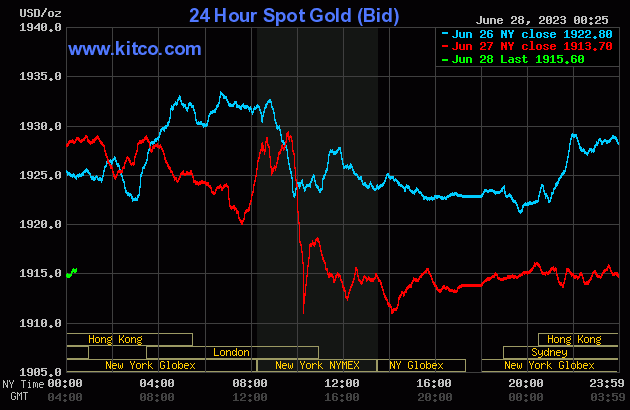
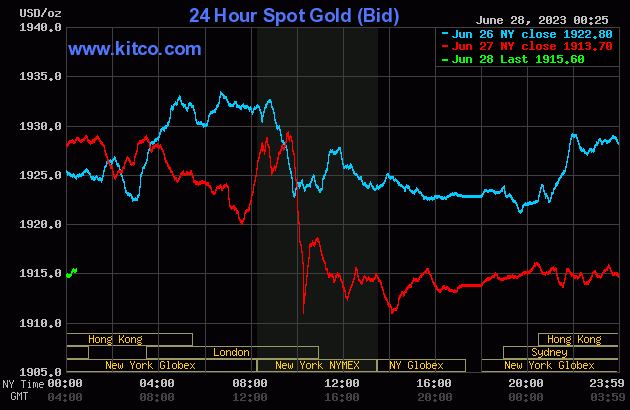

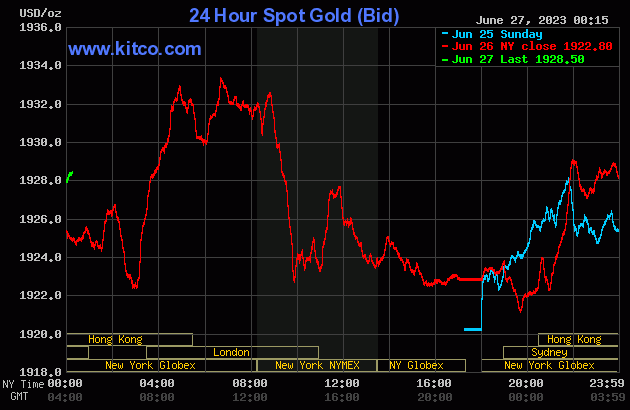
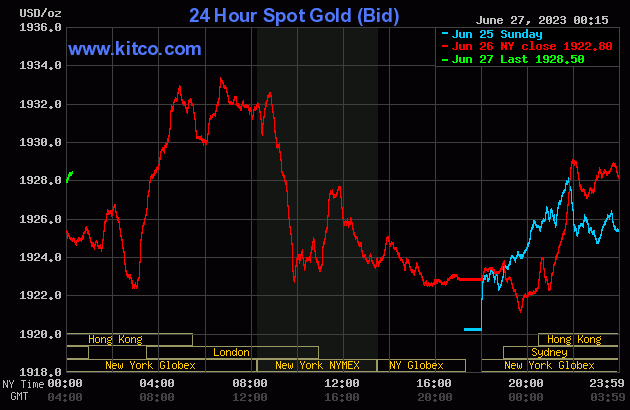
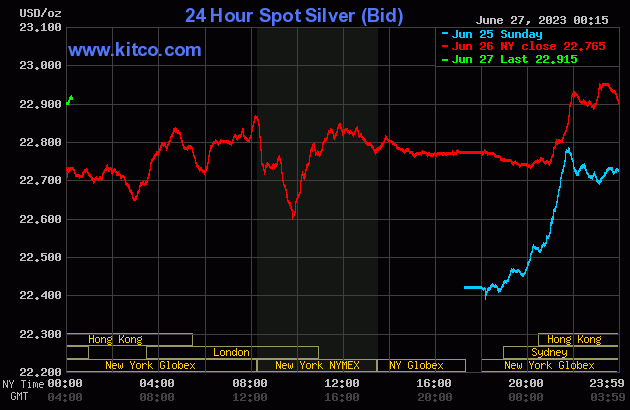
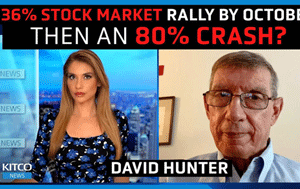
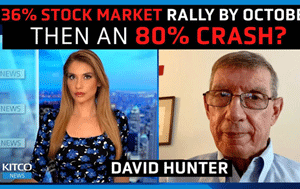 Gold will reach $3k in market 'melt up' with S&P 500 up at least 36% by Q4 2023 – David Hunter
Gold will reach $3k in market 'melt up' with S&P 500 up at least 36% by Q4 2023 – David Hunter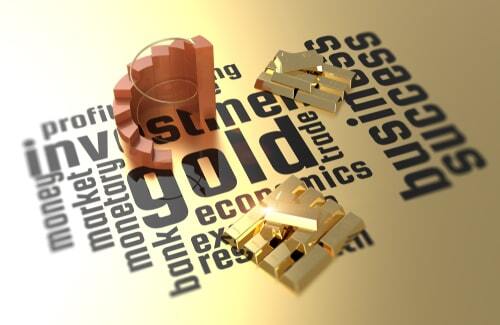
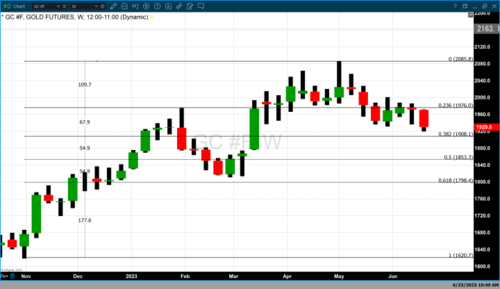
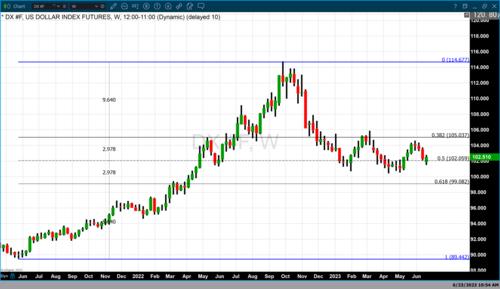
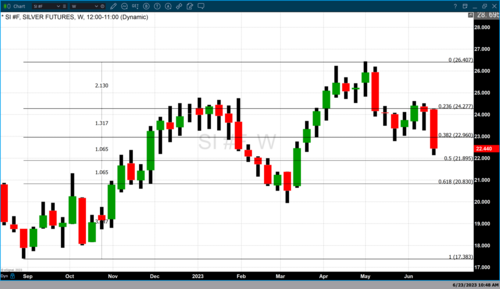
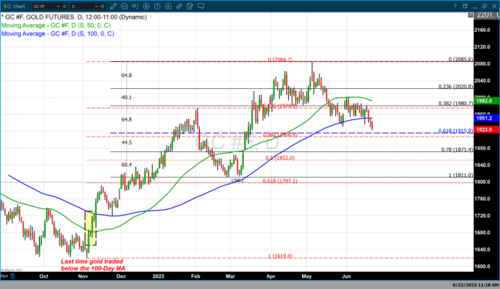
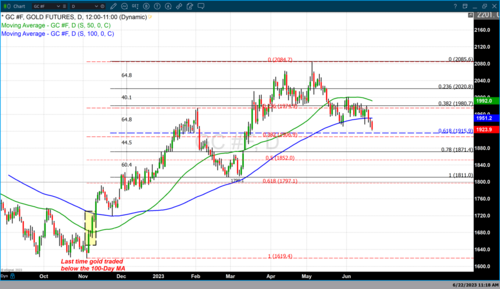
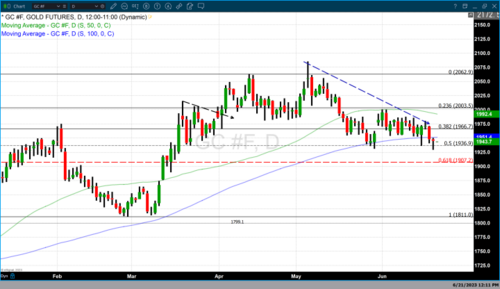
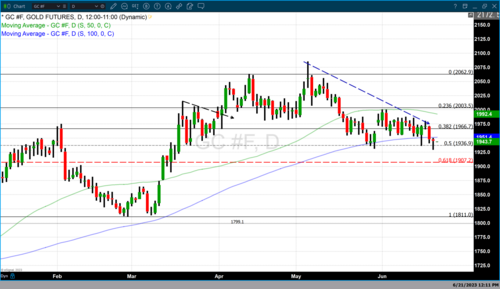
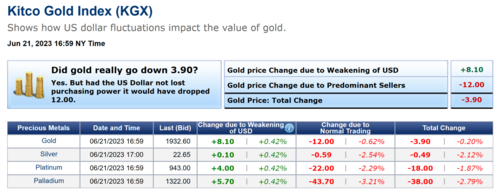
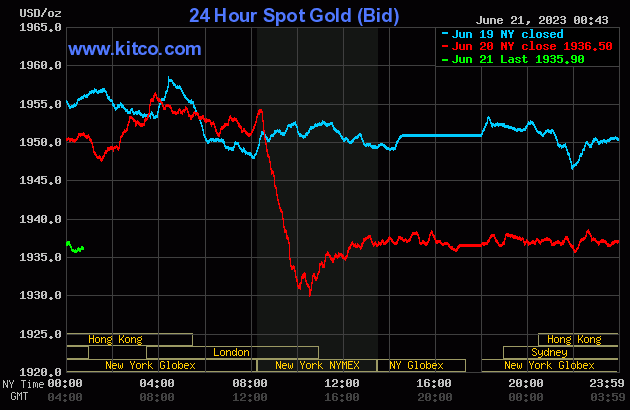
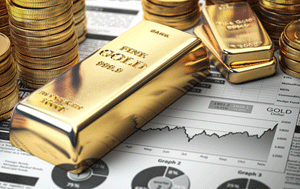 Gold price is stuck in neutral, but that is its strength now
Gold price is stuck in neutral, but that is its strength now
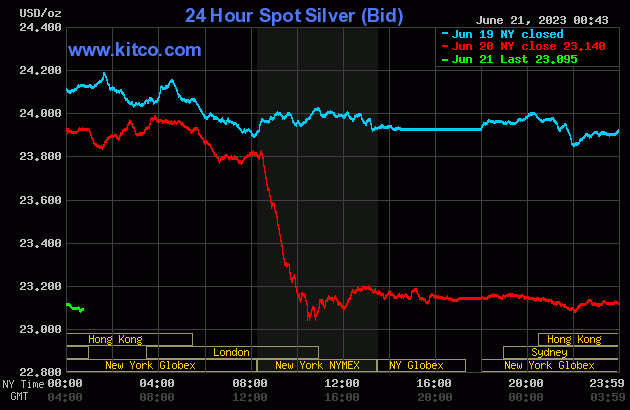
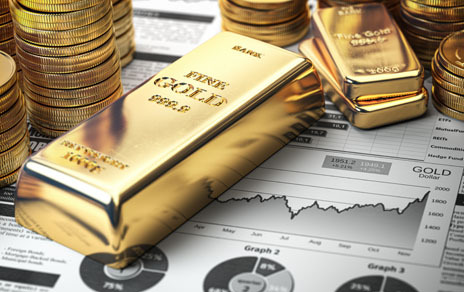

 The green hydrogen economy is real, but it might not define platinum's role in the global green energy transition
The green hydrogen economy is real, but it might not define platinum's role in the global green energy transition
.jpg) analysis.
analysis.